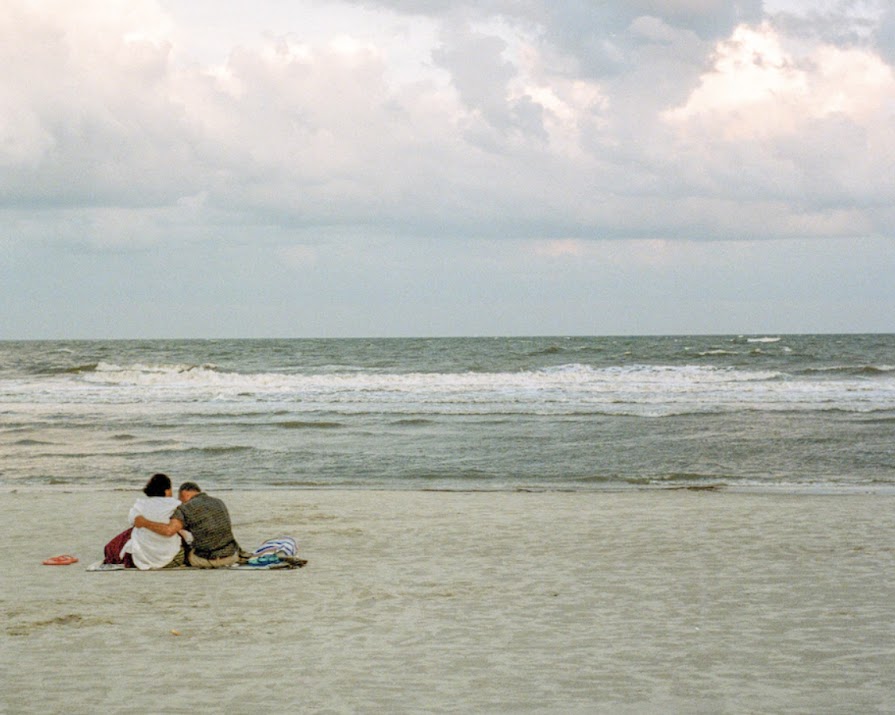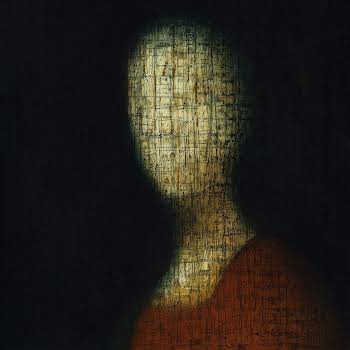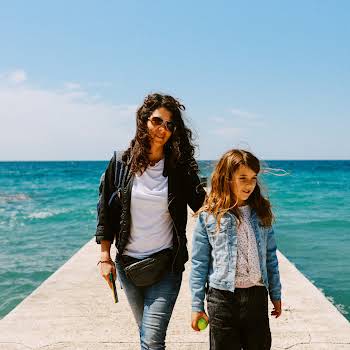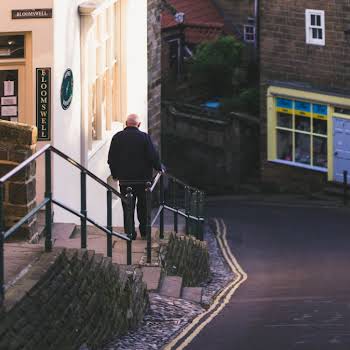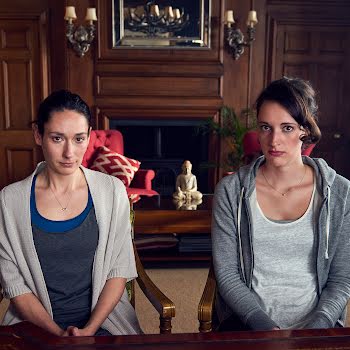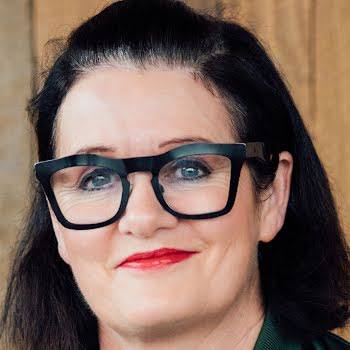
‘Our faith in doctors turned out to be fatal. This is what I wish I’d known’
By Amanda Cassidy
13th Apr 2024
13th Apr 2024
Once upon a time during Covid, there was a very sick woman lying on a hospital ward who trusted everything the doctors told her. In fact, she trusted them so much that she didn’t ask the questions she wanted answered about her health, her strange symptoms they reassured her were nothing to worry about. After all, they were doctors – and in her eyes whatever they told her was held sacred. A generational thing, perhaps.
Her family were isolated away from her because of the severe lockdown so she was all alone when she received each new line of news that frightened her. Even when they explained that a few things hadn’t gone to plan exactly, she didn’t make a fuss, even though those things were blunders the doctors themselves had made. A few weeks later, I stood at her grave and wondered what would have happened had we pushed harder for certain things, called other things out.
It’s important to say that have a huge amount of respect for doctors and the hospital system. There’s luck involved too, I admit that. But that’s my story.
This week, the editor of the Guardian Saturday Magazine wrote about the depth of her sorrow after the death of her daughter Martha. Her frustration over decisions that were made in her treatment resonated with me. This is her story.
“At the start of last summer” Merope wrote, “my 13-year-old daughter Martha was busy with life. She’d meet her friends in the park, make silly videos on her phone and play “kiss, marry, kill”. Her days were filled with books and memorising song lyrics. She’d wonder aloud if she might become an author, an engineer or a film director. Her future was brimming with promise, crowded with plans.
By the end of the summer she was dead, after shocking mistakes were made at one of the UK’s leading hospitals. What follows is an account of how Martha was allowed to die, but also what happens when you have blind faith in doctors – and learn too late what you should have known to save your child’s life. What I learned, I now want everyone to know. In a small way, I hope Martha’s story might change how some people think about healthcare; it might even save a life.”
In the heartbreaking essay-style feature, Merope outlines the series of events that lead to her daughter’s death just days before she would have turned 14.
The family were on holidays in Snowdonia – Merope, her husband and their daughters had gone for a bike ride near the beach. “But soon after we started back on our bikes, Martha slipped on a patch of sand that had blown from the beach on to the path. She was cycling slowly – “Captain Sensible” was our nickname for her – but she fell, and was soon making the zombie sounds of someone badly winded.”
After a while Martha felt no better, so her parents took her to a minor injuries unit. “When she raised her T-shirt for examination, we saw a red ring on her stomach: as she fell, she had landed with the full weight of her body on one end of her twisted handlebars. There was no blood or cut, only the O-shaped mark.”
After more delays, she was transferred to another hospital and the Mills’ were told that “Martha probably had pancreatic trauma: she had fallen with such force that her pancreas had been pushed against her spine, causing a laceration.”
Her mother wrote how she started Googling Pancreatic trauma. “In adults, is usually seen alongside other organ damage in victims of car crashes or shootings: I thought of the “O” on her stomach – a bullet wound without the bullet. In children, it’s most often associated with bike injuries – BMX jumps and stunts gone wrong. What matters is identifying the injury quickly, before corrosive juices escaping the pancreas cause too much damage. I was so relieved we’d made our middle-of-the-night dash to the hospital”
Hope
They were transferred to a hospital in London where Martha was fed through a tube in her nose. The family wondered often who was in charge of her overall care. There didn’t seem to be much joined up communication over her treatment, in their opinion. “I wish now we’d done more than wonder.” Merope explains.
Then her daughter got a fever indicating an infection. Decisions were made not to move her to the PICU despite the fact that she was at risk of severe sepsis.
“She developed an angry red rash; it spread across her legs and neck and torso. A rash is a red flag for sepsis. Yet Dr Blunder – headstrong, with no experience of this kind of situation and despite Martha’s other symptoms – somehow convinced himself that the rash was caused by a delayed drug reaction. I made clear to him my anxiety that it was a sepsis rash, but it made no difference.
I left Martha’s cubicle to look for an ally and grabbed a nurse: we walked down the corridor together. “I’m worried he’s got it wrong. I’ve been trying to look it up online.” The nurse stopped walking and put her hand on my arm. “Don’t look things up on the internet,” she said, “you’ll only worry yourself. Trust the doctors – they know what they’re doing.” I followed this advice. It turned out to be the worst I will receive in my whole life.”
Shout the ward down
Martha got progressively worse, despite her mother’s insistence that her child seemed more seriously ill than the doctors were acknowledging. When they did finally realise and took her to intensive care, it was too late.
“Within seconds they forced a tube down her throat; she gagged and her back arched before the strong sedative took hold. I love you, I love you, I love you I said over and over. And suddenly Martha was in a coma from which she would never wake up.”
Merope’s advise now, a year after her daughter’s death is this.
“Ignore the advice and look everything up on the internet. Google like crazy, educate yourself, ask questions and, if you are unsure, insist on a second opinion, or a third. Remember that it’s entirely possible you will be “managed” and “reassured” but not told the full truth. We certainly weren’t.
Be aware that much care in hospitals is less thorough at weekends. And understand the damage done by the hierarchical, patrician system – everyone defers to the most senior consultant. If things seem to be going wrong: shout the ward down. In our case, the cost of not doing so was too great. We had such trust; we feel such fools.”
The family now lives with the grief of losing their precious Martha which Merope describes as an island you can never get off.
“Instead of having Martha in the house, we go to visit her grave. But the people buried alongside her lived for seven or eight decades. Martha should have walked out of hospital like all the other children with her injury. Now Lottie has an empty bedroom next to hers, and a bench in the park with a plaque: “To my sister.”
The heartbreak of grief is made worse knowing that something might have been done differently. I live with that myself. The lesson I learnt along the way is that even heroes have limits, and that it’s ok to question everything to try to save the life of someone you love.
Merope writes about her grief so beautifully. “Even now a year after Martha’s death, it’s still so hard to break the lovely habit of her.”
You can read the full article here
This article was originally published in September 2022.











